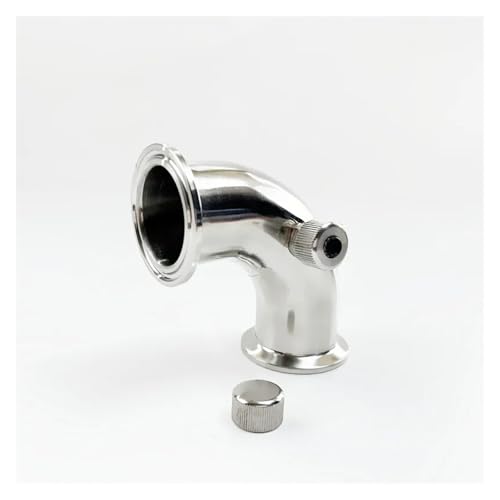richc
Regular.
I've just got a single coil immersion wort cooler and was wondering how to set it up and plumb it in.
Question 1. Where should it be positioned in the boiler?
Obviously near the center but my logic says it should be just below the liquids surface because this is where the hottest wort will be, cooling here will drive convection and the higher temperature differential will cool the wort quicker.
Question 2. For a single coil should the water enter at the top of the coil or the bottom?
Following similar logic to that above my immediate thought is what the water should enter at the top for the greatest temperature difference.
So is my ex physicists logic right or have I made a basic mistake somewhere :wha:
Question 1. Where should it be positioned in the boiler?
Obviously near the center but my logic says it should be just below the liquids surface because this is where the hottest wort will be, cooling here will drive convection and the higher temperature differential will cool the wort quicker.
Question 2. For a single coil should the water enter at the top of the coil or the bottom?
Following similar logic to that above my immediate thought is what the water should enter at the top for the greatest temperature difference.
So is my ex physicists logic right or have I made a basic mistake somewhere :wha:








![BREWING THERMOMETER STICKERS ACCURATELY MONITOR FERMENTING BEER & WINE LIQUID TEMPERATURES 5PCS HOME BREW SPIRITS WINE LCD ADHESIVE [US]](https://m.media-amazon.com/images/I/311DDjo2X3L._SL500_.jpg)


































